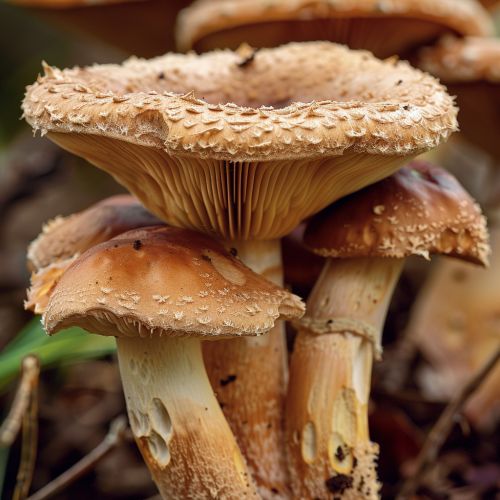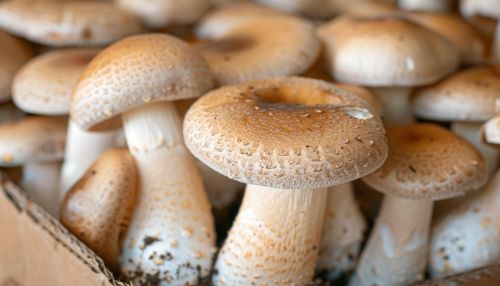Basidiomycota
Introduction
Basidiomycetes, also known as club fungi, are a division of the kingdom Fungi that, together with the Ascomycota, form the subkingdom Dikarya. Their distinguishing feature is the production of basidiospores on the outside of a structure called a basidium. This group includes the familiar mushrooms, puffballs, and shelf fungi, as well as rusts and smuts.
Classification
Basidiomycota are typically classified into three major classes: Agaricomycetes, Ustilaginomycetes, and Pucciniomycetes. Agaricomycetes are the most diverse, with over 21,000 species, including the edible mushroom Agaricus bisporus and the deadly poisonous Amanita phalloides. Ustilaginomycetes and Pucciniomycetes include the important plant pathogens causing smuts and rusts, respectively.


Morphology
The most distinctive morphological feature of Basidiomycota is the basidium, a microscopic, typically club-shaped structure that bears external meiospores. These are called basidiospores and are usually produced in four. The basidium is considered a characteristic sexual structure of the mature Basidiomycota.
Life Cycle
The life cycle of Basidiomycota includes both asexual and sexual reproduction stages. The asexual stage involves the growth and development of the mycelium from a spore or fragment of mycelium. The sexual stage begins with the fusion of two compatible mycelia to form a dikaryotic mycelium. This mycelium eventually forms a fruiting body, which produces the basidia. On the basidia, karyogamy occurs, followed by meiosis to produce the basidiospores. These spores are then dispersed, and the cycle begins anew.
Ecology
Basidiomycota play a crucial role in the decomposition of organic matter and nutrient cycling. Many species form mutualistic relationships with plants, forming mycorrhizae. Some are also pathogenic, causing diseases in plants and animals.
Economic Importance
Many Basidiomycota species are economically important. Some, like Agaricus bisporus, are cultivated for food. Others, like the rusts and smuts, cause significant crop losses and are a major concern in agriculture.
